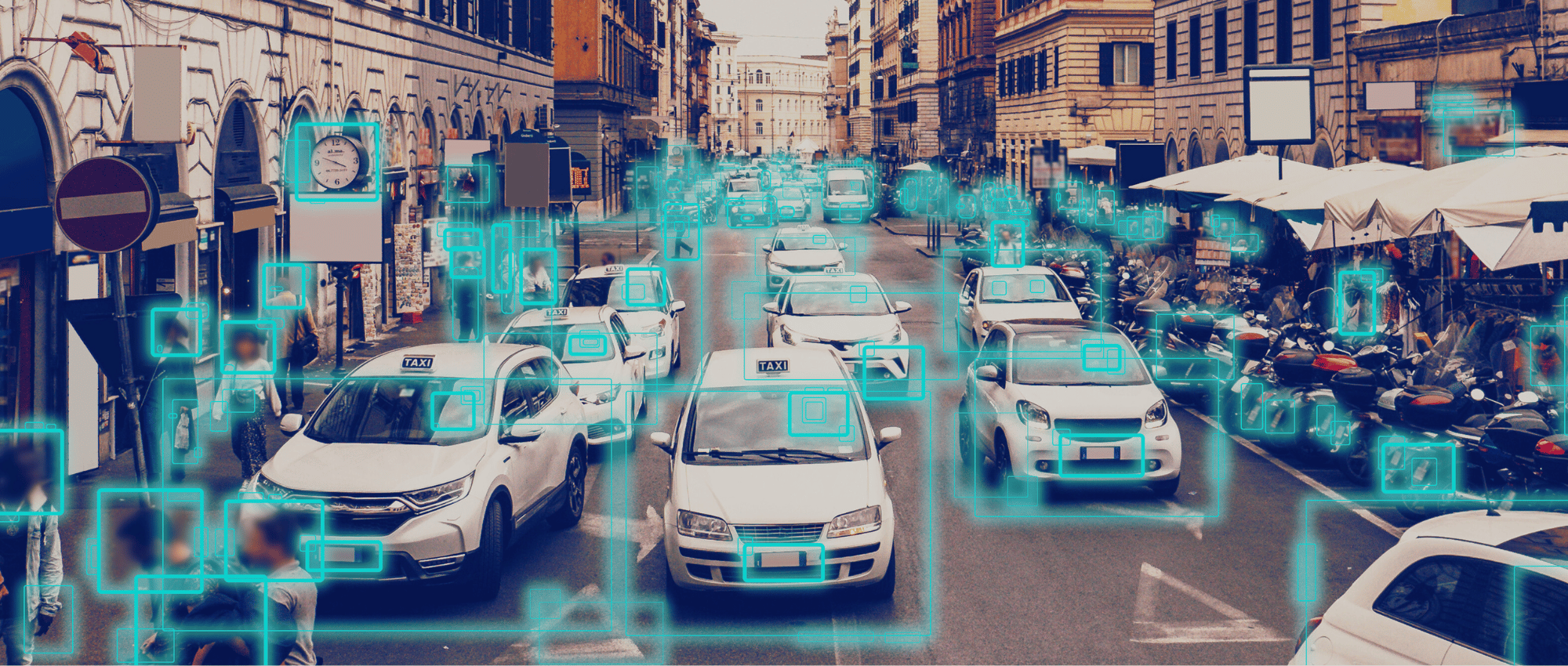You theoretically could, although without a proper development background, it’s very likely to be a long, time-consuming, potentially frustrating process. There are tutorials online to guide you, but typically a better approach is a third-party, outsourced chatbot solution.
At Conectys, we partner with Google, which is designed to engage with your end-users. It’s very multi-faceted, including ES documentation.
At the same time, it’s important to note that Conectys deeply believes in the intersection of human beings and technology. We don’t see technology, however advanced, as a replacement for human beings by any means. In fact, during the pandemic, we grew headcount by 30%, largely among agents, and we’re about to (might have when you read this) clear 3,000 total global headcounts. We think the most productive customer experience comes from humans and tech working together. Our delving into chatbots was more a function of what the market, and our customers, wanted to see around natural language processing, AI, machine learning, and the ability to more rapidly scale customer support efforts.
While chatbots can no doubt capture data about customer preferences and trends (this item being returned more, etc.), human agents do that very well, and then can go inform sales, marketing, and product discussions.
This leads nicely to an important point.
Aren’t chatbots and AI designed to take jobs away from people?
No. This is a misunderstanding. Chatbots and AI are designed to optimize processes around people’s time, priorities, and the scaling of quality customer experience. While many do invest in Robotic Process Automation (RPA) and chatbots as a form of cost containment or control — we would never ignore that topic — the goal of these innovations is not to remove humans from the workforce but to make human contributions more value-add.
For example, with one hardware provider we work with, when we began automating some of the support processes, the human agents were able to notice new trends in languages we needed to support and the need for Sunday coverage as well. We presented that to the client, who accepted and was glad to have a strategic partner looking out for their brand in the process. Some of those decisions are arrived at because human agents have more time to think about client engagement when a portion of their support work goes to automated processes.
What should you do now regarding chatbots?
Feel free to connect with us if you’d like. We have been in business since 2004 and now do customer experience work with several major global brands, including social media, travel, hospitality, and financial services. We work in 35+ languages, 24/7, with 11 global delivery centers — and in 2019, we began building our digital-first team with consultants focused on RPA and chatbots. We expect this team to grow exponentially in the coming years; we also just added a new CTO.
We’d love to discuss how chatbots could most benefit your customer base.














